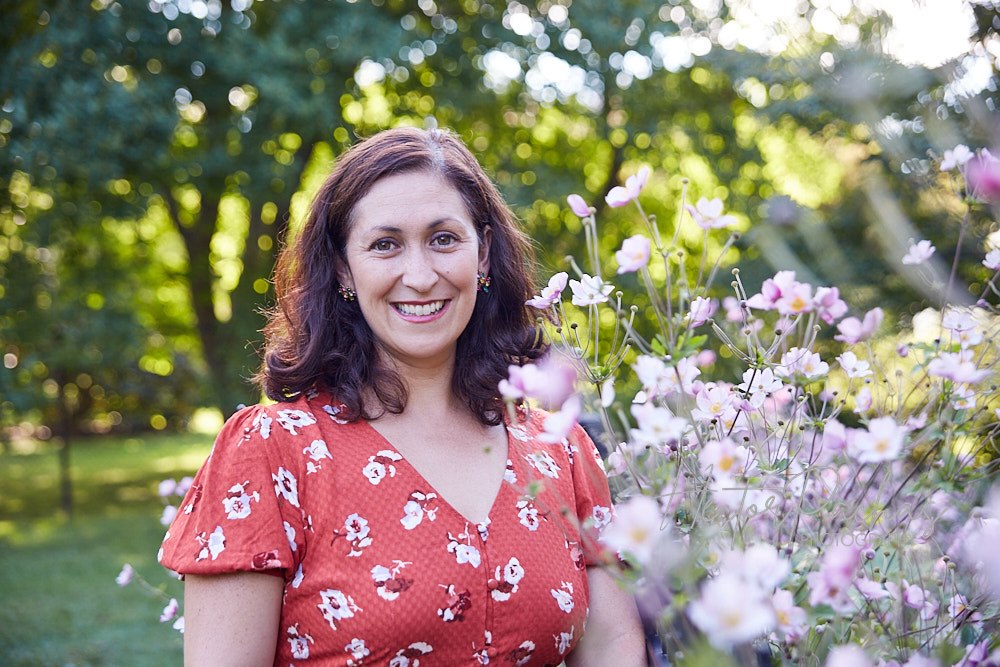This is part one of a series…
We’ve had a few requests from folks who saw pictures of our (slow, but steady) progress over here with building our new raised garden beds for veggies, and situating them in the yard.
This is our 2nd time doing it, and we’re really happy with how they worked out for us at our last place. This time, we had a more permanent design & situation in mind; planning for many years of growing veggies & herbs and fruits here. We did them slightly smaller (4ft by 8ft, x 4 beds) based on the space we’re placing them, and the garden design. Our first go round, 3 years ago, we built two 4×12 beds. It’s totally up to you, and the space you’re working with, to decide what length you want. We’ll give you the details for the 4×8 design, and you can adjust yours accordingly.
We ordered lumber to be delivered from a local lumberyard–in those lengths, it not always easy to throw it in the back of a car (unless you have a big one!). We ordered them to be pre-cut, and we used untreated wood, so we could be sure there were no chemicals involved.
You can also google other DIY garden bed methods and just compare–whichever one seems simplest and to work best for your spaces….this is just an example 🙂
Lumber: 2×12 and 4x4s. You can have them pre-cut to save yourself time.
Other tools: Drill, power screw driver, table saw, mitre saw, post digger.

Step 1: Lay out all your wood pieces, and make the cuts to the appropriate sizes (if not already cut to your desired lengths). Keep in mind you may have a small variance, an inch at most, but you can adjust for that when you’re actually assembling.
Step 2: The upright posts for each end of the bed are 4x4s. You’re going to need to cut them to be the height of the beds and then with 6 inches or so to dig into the ground for support (18 in). So ultimately you’ll end up with 16 pieces, 18 in long. These require a mitre saw since they’re thicker than you want to cut with a table saw.
Step 3: Assemble the beds using a power drill, best to do it in place, unless you need to assemble them somewhere else, and have someone help you carry them to where they will be situated.
Step 4: Using a post digger, dig holes, then flip the beds (you constructed them upside down) into the ground with posts in the holes…and adjust to make sure they are level/situated well.
Step 5: (optional)–we took a waterproofing solution and covered the beds with it (once built) so that they will last longer. You can also apply this to the lumber before you build them.
Garden design. Consider these elements:
*Lots of sunlight, all day long…will give you the happiest garden.
Actually…let’s re-phrase that. You’ll appreciate having beds in full sunlight, and a few in partial sun/usually near the house…for herbs etc…but consider maximizing your full sun gardens so you have options!
*If you need to be near trees, fences, other hardscapes, try to allow a min of 3 feet distance. You may be wanting to get a mower in between!
*Flat ground surface is ideal, unless you have the inspiration for terracing the beds (alot more work:))

*Lay out the beds with a min 18 in to 24 in apart; test it out by kneeling down btwn the beds, as you’ll be doing for planting and weeding; make sure it feels comfortable, and take into account any other landscape surrounds.
*Make sure you have a plan for watering–accessible to a hose, or setting up a drip irrigation system. We’ve done both, it just depends on what you prefer (some plants prefer drip).
*Line the beds with a liner that will keep weeds out, but let the water through (can purchase at any hardware/garden store).

That’s part 1! We just ordered our soil & gravel deliveries, since we’re putting gravel down in 1 in thick btwn the beds and around to make it a bit more formal, and for simplifying the mowing/trimming of grass by the beds…Excited to share part 2 with you—the actual veggie/herb layout design & planting process!
It’s such a simple but beautiful act of hope to plant a garden right now. We all need this. Many more people are planting gardens this year than normal, and it’s the 2020 version of wartime “victory gardens”–where everyone was planting their own during the wars. This feels equally significant.
Share pics with us and can’t wait to hear how your backyard garden beds turn out!



